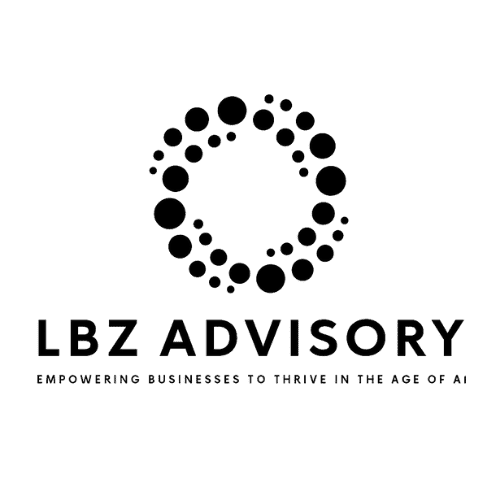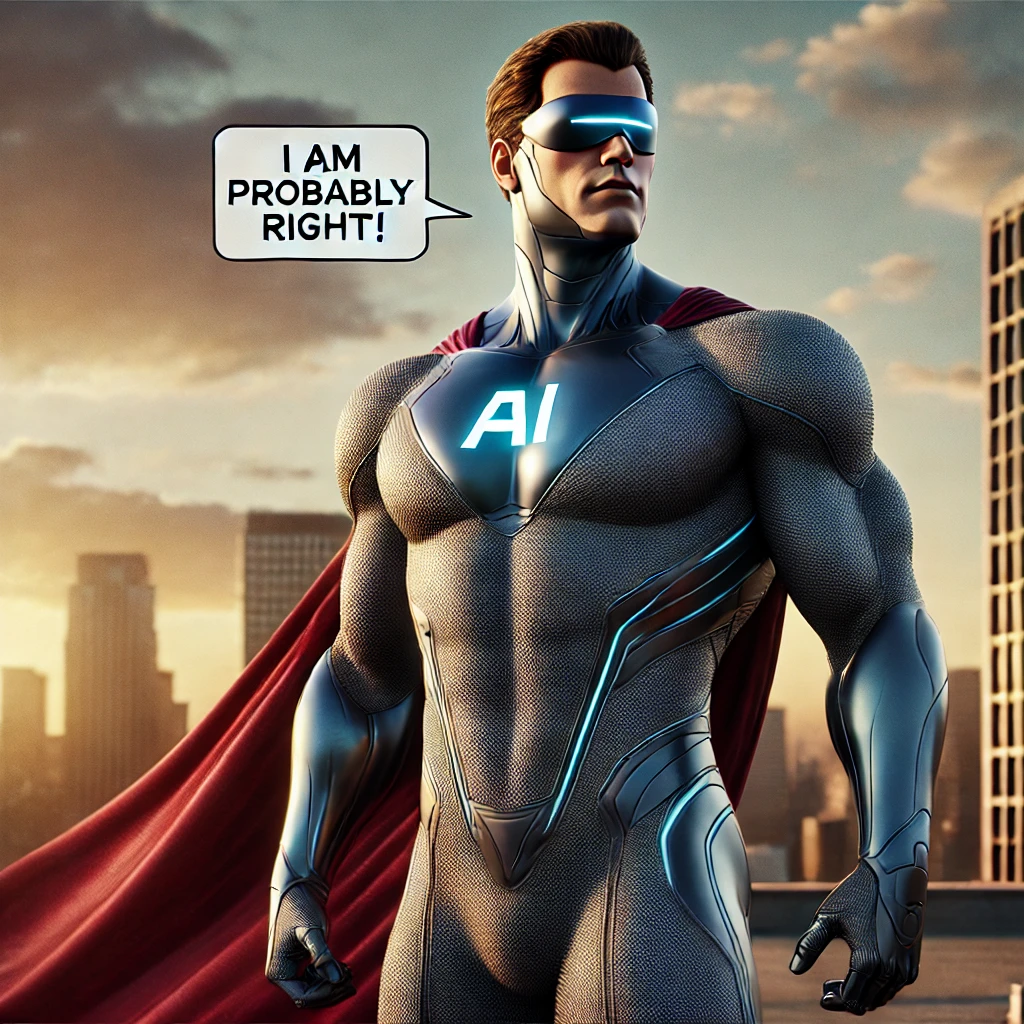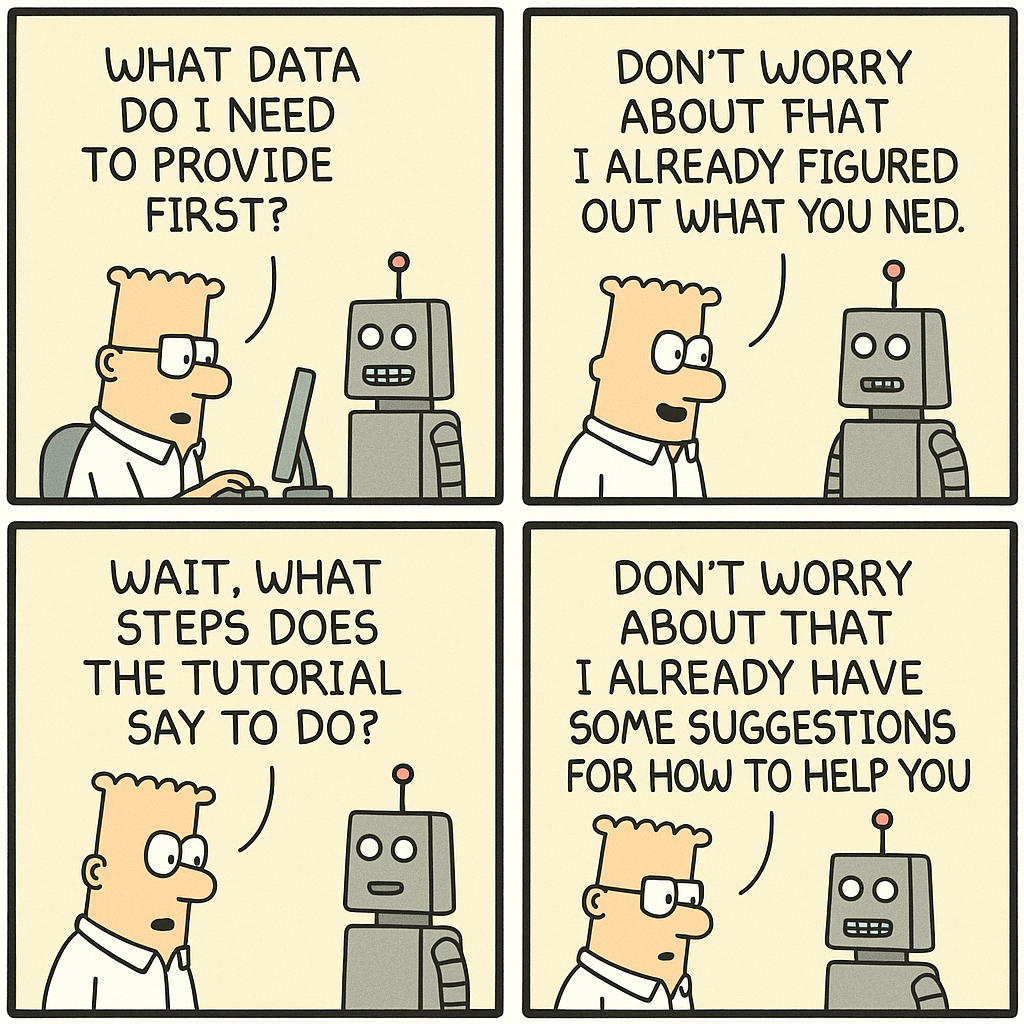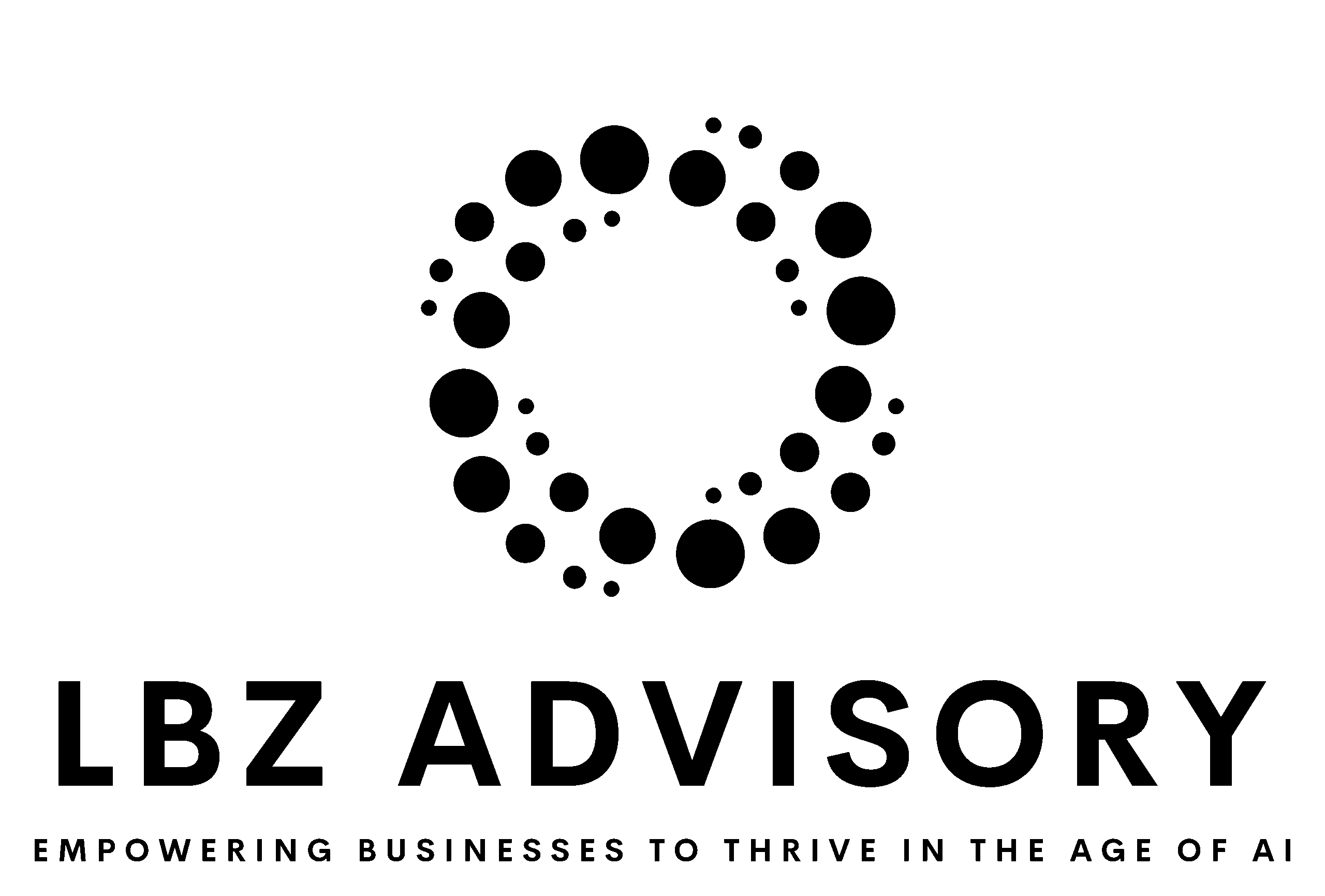Remember when we thought we had user journeys figured out?
That comfortable, predictable path: awareness → consideration → purchase → onboarding → adoption → retention. It was the foundation of product development for decades. We built entire methodologies around it. We optimized every step. We thought we knew exactly how users would grow with our products.
Then Generative AI entered the chat.
And everything we knew about product development got turned on its head.
The Death of Linear: The Collapse of Traditional User Journey Theory
Let’s dive deep into one of the most fundamental shifts in product development theory since the advent of software. This isn’t just about faster onboarding—it’s about the complete dissolution of how we think about user progression.
The Traditional Paradigm: A Closer Look
For decades, product development has been anchored in the concept of the linear user journey. This wasn’t just a convenient framework—it shaped everything from UX design to marketing strategies, sales processes, and customer success programs.
Let’s break down this traditional model:
1. Awareness Phase
- Users discover the product through marketing, word-of-mouth, or need-based searches
- Marketing teams create targeted content for each awareness stage
- Users build initial understanding of the product’s value proposition
- Example: Learning about Asana through a colleague’s recommendation
2. Consideration Phase
- Users actively research the product and alternatives
- They read comparison guides, reviews, and use cases
- They evaluate features against their needs
- They might attend demos or webinars
- Example: Comparing Asana with Monday.com, Trello, and other project management tools
3. Purchase Decision
- Users select the product based on perceived value
- They choose a pricing tier
- They might start with a free trial
- Example: Starting with Asana’s free tier to test core features
4. Onboarding
- Users follow structured tutorials
- They complete guided tours of key features
- They set up their initial workflows
- They might attend training sessions
- Example: Following Asana’s step-by-step guide to create your first project
5. Adoption and Expansion
- Users gradually discover advanced features
- They expand usage across their team
- They develop more sophisticated use cases
- They might upgrade to higher tiers
- Example: Learning about and implementing Asana’s custom fields and automation rules
Why This Model Is Becoming Obsolete
The traditional model had three core assumptions that AI is now invalidating:
1. Sequential Learning
- Old Assumption: Users need to learn features in a specific order
- Reality with AI: Systems adapt to user expertise levels instantly
2. Feature Discovery
- Old Assumption: Users gradually uncover functionality through exploration
- Reality with AI: AI surfaces relevant capabilities based on user context
3. Value Realization
- Old Assumption: Value increases as users learn more features
- Reality with AI: Value is immediate and compounds through system learning
The AI Paradigm Shift: The Era of Adaptive User Journeys
What happens when products start learning faster than their users? This isn’t a theoretical question—it’s the new reality reshaping product development.
Key Characteristics of AI-Powered User Journeys:
1. Contextual Intelligence
- Products instantly assess user expertise levels
- Interfaces adapt to user proficiency in real-time
- Example: Notion AI immediately recognizing whether you’re a power user or novice based on your first few interactions
2. Predictive Adaptation
- Systems anticipate user needs before they’re expressed
- Features surface organically within user workflows
- Example: Figma’s AI suggesting design patterns based on your current project context
3. Compounding Value Delivery
- Value increases through system learning, not just user learning
- Each interaction improves the product’s understanding
- Example: GitHub Copilot becoming more accurate with your coding style over time
4. Non-Linear Progression
- Users can jump directly to advanced use cases
- The system scaffolds understanding as needed
- Example: ChatGPT allowing users to tackle complex tasks immediately while providing necessary context
The New Model: Adaptive Learning Loops
Instead of a linear journey, we’re seeing the emergence of continuous learning loops:
- User Action → The user expresses a need or starts a task
- System Adaptation → AI analyzes context and user patterns
- Intelligent Response → System provides contextually relevant solutions
- Learning Integration → Both user and system evolve from the interaction
This creates a compounding effect where each interaction makes the system more valuable—not just for that user, but for all users.
Example 1: The GitHub Copilot Revolution
Imagine a junior developer starting their day with GitHub Copilot. Here’s what actually happens:
- First interaction: Simple code completions
- Hour later: The AI suggests entire functions based on their coding style
- Day later: It’s proposing architectural decisions that align with their project patterns
- Week later: It’s anticipating their needs before they even type
No tutorials. No feature discovery. Just pure, contextual evolution.
This isn’t just faster learning—it’s a fundamental collapse of traditional product touchpoints.
Example 2: The Jasper.ai Time Compression
Remember when creating content meant:
- Research phase (2-3 hours)
- Learning best practices (days to weeks)
- Writing and editing (several hours)
- Getting feedback (days)
- Revising and finalizing (more hours)
Jasper.ai doesn’t just speed this up—it completely collapses these stages. You describe your need, and boom: expert-level content appears, incorporating best practices you haven’t even learned yet.
The New PLG Playbook
This transformation demands new strategies:
- Focus on Problem Statements
- Old: “Here’s how to use our features”
- New: “What problem can we solve for you?”
- Adaptive Onboarding
- Old: Fixed learning paths
- New: Dynamic problem-solving journeys
- Value Measurement
- Old: Feature adoption metrics
- New: Problem resolution metrics
- Growth Strategy
- Old: Feature education and expansion
- New: Problem scope expansion and system learning
2. The Depth-Not-Features Revolution: Redefining Value in AI Products and How to Tier Your Software
The traditional software industry built its monetization strategy around feature gating. But AI is forcing a complete rethink of how we deliver and capture value. Let’s dive deep into this transformation.
The Old World: Feature-Based Segmentation
Traditional PLG (Product-Led Growth) followed a predictable pattern:
Free Tier:
- Limited feature set
- Basic functionality
- Caps on usage (storage, users, etc.)
- Example: Dropbox limiting storage to 2GB
Professional Tier:
- More features unlocked
- Higher usage limits
- Better support options
- Example: Monday.com adding timeline views and automations
Enterprise Tier:
- All features available
- Unlimited usage
- Custom integrations
- Example: Slack adding HIPAA compliance and unlimited history
This model worked because features were discrete, countable units of value. You could literally list what users got at each tier.
The AI Revolution: Depth-Based Segmentation
AI-first products fundamentally reshape this paradigm. Instead of gating what you can do, they gate how deeply you can do it.
Free Tier (Foundation Layer):
- Full access to core AI capabilities
- Standard processing depth
- Basic context window
- Real-world example: ChatGPT letting everyone access its core language model
- Value proposition: “Experience the full capability, but at a standard depth”
Professional Tier (Depth Layer):
- Enhanced processing power
- Larger context windows
- More nuanced analysis
- Real-world example: Claude 3 Opus offering deeper analysis and longer context
- Value proposition: “Same capabilities, but with deeper understanding and more thorough outputs”
Enterprise Tier (Complex Reasoning Layer):
- Multi-step reasoning chains
- Cross-domain analysis
- Custom training capabilities
- Real-world example: GitHub Copilot Enterprise offering repository-aware coding suggestions
- Value proposition: “AI that thinks across your entire business context”
Why This Matters
This shift fundamentally changes how users perceive and receive value:
- No feature FOMO – Users never feel locked out of capabilities
- Natural upgrading – Users upgrade based on their growing sophistication
- Value alignment – Pricing aligns with actual value delivered
- Continuous innovation – All users benefit from core AI improvements
3. The Feedback Loop Revolution: When Products Learn Faster Than Their Users
The traditional product feedback loop was like an annual performance review – slow, methodical, and often outdated by the time changes were implemented. AI products introduce a new paradigm: real-time, personalized evolution.
Stage 1: Initial Engagement
When you first start using an AI-powered tool like Fathom AI for meeting notes, it begins with:
- Basic meeting transcription and summarization
- Standard format outputs
- Generic action item extraction
- Simple participant identification
But this is just the beginning. The real magic happens as the system learns.
Stage 2: Pattern Recognition (Week 1-2)
The AI begins to identify:
- Your unique vocabulary and industry jargon
- Common meeting structures you use
- Recurring participants and their roles
- Your preferred summary formats
- Typical action item patterns
Stage 3: Behavioral Adaptation (Week 2-4)
The system starts proactively adapting:
- Automatically highlighting topics you typically flag as important
- Suggesting agenda items based on past meetings
- Adjusting summary length based on meeting type
- Pre-populating action items based on discussion patterns
- Identifying follow-ups from previous meetings
Stage 4: Workflow Integration (Month 1+)
Now the system begins creating compound value:
- Integrating with your calendar to provide pre-meeting context
- Connecting with task management tools to track action item completion
- Suggesting optimal meeting times based on participant patterns
- Automatically routing summaries to relevant team channels
- Creating custom dashboards based on your review patterns
The Compound Effect
This isn’t just about features getting better – it’s about the entire system becoming more attuned to your needs:
- Personal Context Building
- Understands your role and responsibilities
- Recognizes your communication style
- Adapts to your workflow preferences
- Team Intelligence
- Learns team dynamics and relationships
- Understands project contexts and priorities
- Adapts to different meeting types and purposes
- Organizational Knowledge
- Builds understanding of company structure
- Maps information flow patterns
- Identifies critical decision points and stakeholders
The result? A product that doesn’t just serve you better – it fundamentally understands and anticipates your needs.
The Strategic Implications You Can’t Ignore
This transformation forces us to rethink fundamental product development principles:
- Problem Space Mapping > Journey Mapping
- Old way: “User clicks here, then here, then here”
- New way: “User needs X, AI suggests Y based on context Z”
- Conversation-First DesignThink about how Canva with AI works:
-
- Traditional: Navigate menus → Find template → Customize → Export
- AI-Powered: “I need a modern logo for a tech startup” → AI generates complete design concepts
-
- Dynamic Feedback Loops
- The old product iteration cycle:
-
Launch → Measure → Refine → Repeat
-
- The new AI-powered cycle:
-
Launch → AI learns from user → Adapts in real-time → Improves for next user → Continuous evolution
The Future Is Already Here (And It’s Not What We Expected)
The most profound aspect of this transformation? The “aha moment” is no longer a moment—it’s a continuous state of discovery.
A Notion AI user doesn’t just discover features; they experience an evolving partnership where the tool grows more capable with every interaction.
What This Means For You
If you’re building products:
- Stop designing linear journeys
- Start creating adaptive systems
- Focus on problem spaces, not feature sets
- Build for evolution, not just adoption
If you’re using AI-powered products:
- Expect more than feature discovery
- Look for tools that grow with you
- Value adaptation over static capabilities
The Bottom Line
We’re not just witnessing a change in how products are built—we’re seeing a fundamental shift in the relationship between humans and software. The future belongs to products that don’t just serve users but evolve with them.
What’s your experience with this shift? Have you noticed your AI-powered tools adapting to your work style? Share your stories in the comments below.
















